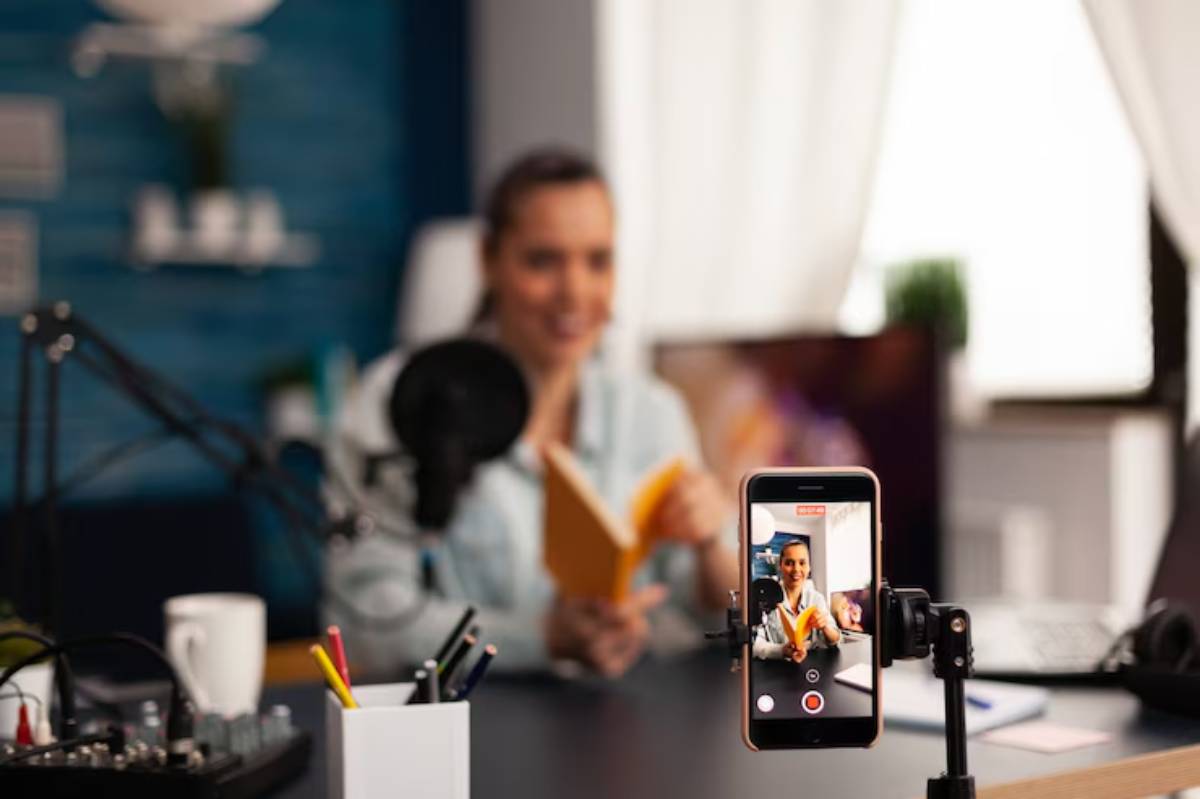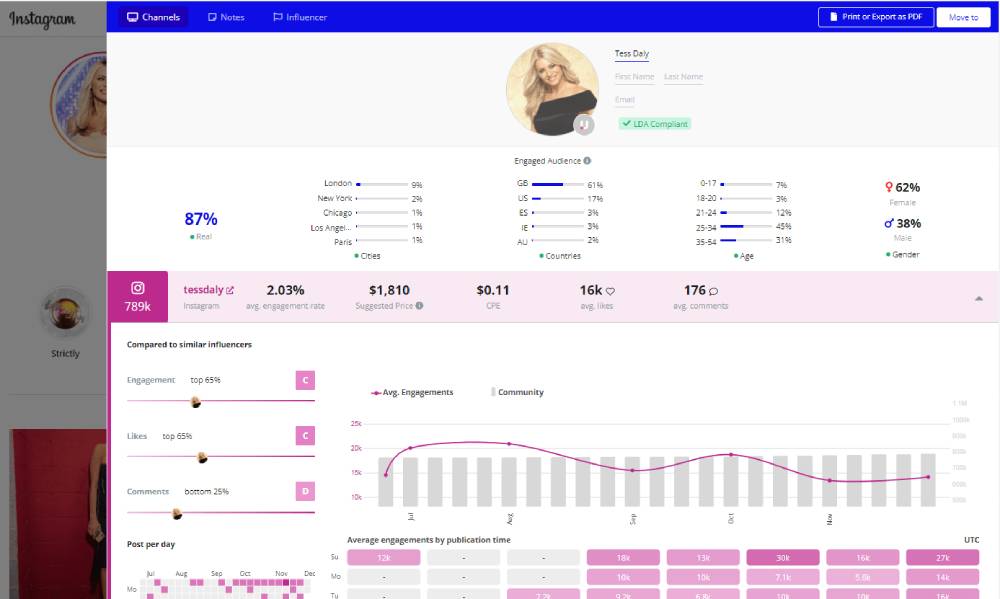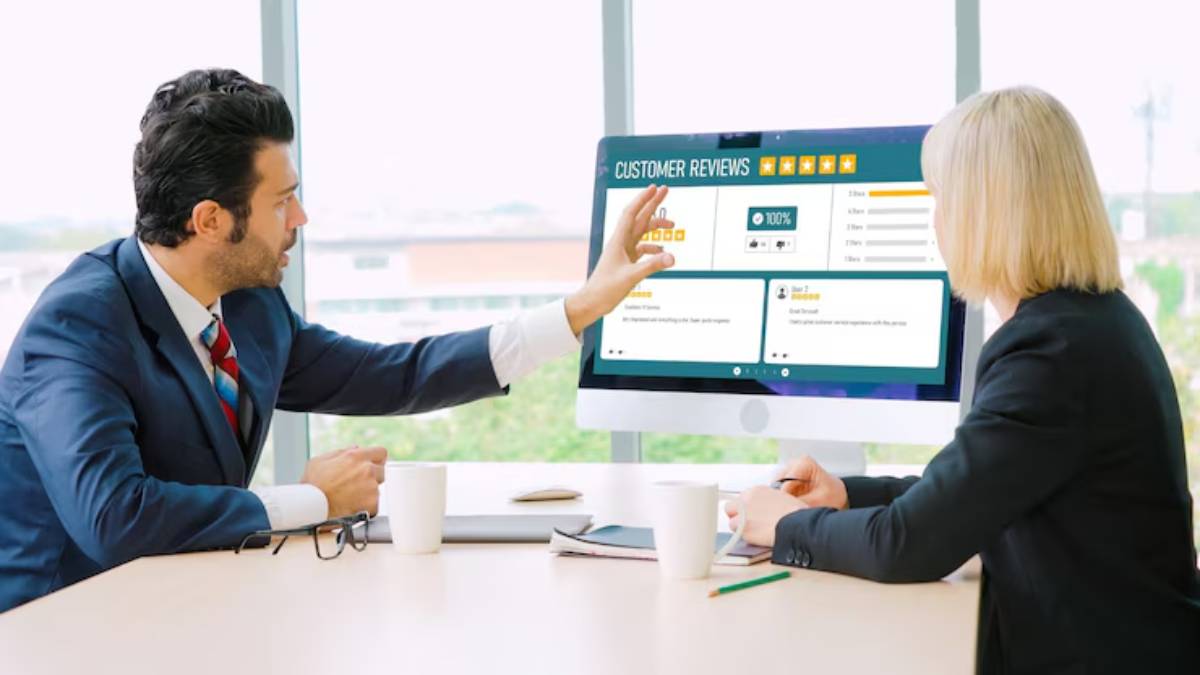
How to Leverage Influencer Marketing for Your Digital Product
Influencer marketing is no longer just for big brands. Even small digital products can grow fast by partnering with the right voices online.
Done well, influencer partnerships build trust, boost visibility, and supercharge product promotion — without needing a massive ad budget.
This guide will help you find and connect with social media influencers. You’ll learn how to collaborate with them to achieve real results for your digital product.
Pro Tip: People trust people, not brands — that is the real power of influencers.
Quick Guide: How to Leverage Influencer Marketing
- Define your goals clearly before reaching out.
- Choose influencers who match your target audience.
- Offer real value to influencers — not just exposure.
- Collaborate on authentic content.
- Track the results and optimise your approach.
- Build long-term relationships, not one-off promotions.
Important: Authenticity matters more than follower counts.
Step-by-Step Guide to Influencer Marketing Success
Step 1: Set Clear Goals for Your Campaign
Before finding influencers, you must know what you want to achieve.
Common goals include:
| Goal | Example |
| Product awareness | Get more people talking about your app. |
| Lead generation | Grow your email list before launch. |
| Direct sales | Drive first-time purchases. |
Quick Tip: One clear goal per campaign keeps your messaging sharp and focused.
Step 2: Find the Right Influencers

Not all influencers are equal. Bigger is not always better.
Look for influencers who:
- Share content relevant to your product.
- Have an engaged, loyal audience.
- Reflect your brand values.
- Are active on platforms your users love (Instagram, YouTube, TikTok, LinkedIn).
| Influencer Type | Best For |
| Nano-influencers (1K–10K followers) | High trust, niche audiences. |
| Micro-influencers (10K–50K followers) | Good reach and engagement. |
| Macro-influencers (50K–1M followers) | Wide exposure, bigger budgets needed. |
Pro Tip: Nano and micro-influencers often deliver better ROI for niche products.
Step 3: Research Before Reaching Out
A cold, generic email will not get you far. Take time to learn about each influencer.
Research checklist:
- Read their recent posts and stories.
- Check their audience demographics.
- Review previous brand collaborations.
- Look at their engagement rate (likes, comments, shares).
Important: Authentic collaborations work best when the influencer genuinely likes your product.
Step 4: Craft a Personalised Outreach Message
When contacting influencers, show that you know and appreciate their work.
Good outreach messages include:
- A short, sincere compliment about their content.
- A clear reason why your product fits their audience.
- A simple explanation of the partnership opportunity.
- No pressure — invite, do not demand.
| Weak Message | Strong Message |
| “Promote my app, please.” | “I love your tips for freelancers — our budgeting app could be a perfect fit for your followers.” |
Quick Tip: Keep emails short — aim for 5–8 sentences maximum.
Step 5: Offer Real Value to Influencers
“Exposure” is not enough. Think about what you can offer that genuinely benefits them.
Fair offers include:
- Free access to your product (lifetime or extended trial).
- Payment for posts, videos, or reviews.
- Affiliate partnerships with commission.
- Early access to new features or launches.
Sustainability Tip: Fair partnerships lead to authentic promotion and long-term loyalty.
Read more about Designing for Mobile-First: Why It Matters in 2025.
Step 6: Collaborate on Authentic Content
Let influencers create in their own style — that is why their audience trusts them.
Best practices for influencer content:
- Share clear guidelines but allow creative freedom.
- Encourage honest reviews, not scripted ads.
- Focus on storytelling over hard selling.
| Forced Content | Authentic Content |
| “Say these exact words.” | “Share how the app helped you in your own words.” |
Important: Audiences can spot fake endorsements instantly.
Step 7: Track Performance and Optimise
Good influencer marketing is measurable. Track real results — not just likes.
Key metrics to watch:
- Click-through rates on shared links.
- New leads or signups generated.
- Direct sales from discount codes or affiliate links.
- Engagement rates (comments, shares, saves).
| Metric | Healthy Range |
| Click-through rate (CTR) | 2–5% |
| Engagement rate | 3–6% for smaller influencers |
Pro Tip: Ask influencers for screenshots of their analytics after the campaign ends.
Recommended Tools for Influencer Marketing

Here are simple tools that help manage partnerships smoothly:
| Tool | Best For |
| Upfluence | Finding and managing influencers. |
| AspireIQ | Outreach and relationship management. |
| Later | Planning and scheduling Instagram campaigns. |
| Bitly | Tracking link clicks easily. |
| BuzzSumo | Researching trending influencers and topics. |
Warning: Tools help with organisation — but strong relationships still drive the best results.
Frequently Asked Questions
How do I know if an influencer is a good fit?
Look beyond follower count. Focus on audience engagement, content quality, and relevance to your product.
Should I work with many influencers at once?
Start small. Test a few partnerships first, learn what works, then scale up.
How much should I pay influencers?
It varies. Nano-influencers may work for free products or £50–£200. Micro and macro-influencers usually charge higher rates — sometimes £500–£5000+ per campaign.
What if an influencer does not perform well?
Always set clear expectations beforehand. If a partnership falls short, see it as a chance to learn for future projects.
How do I avoid fake influencers?
To find fake followers, check comments and engagement rates. Also, ask for results from previous campaigns.
Build Real Partnerships, Grow Your Product
Influencer partnerships are about trust — not just reach. Partnering with the right social media influencers helps you promote products genuinely. By building real relationships, you can turn everyday users into loyal advocates.
Smart influencer marketing boosts your message, links you to fresh audiences, and expands your digital product in ways that paid ads can’t match.
Collaborate wisely. Share authentically. Grow steadily.
Discover more in How to Analyse User Data to Improve Your Digital Product.


